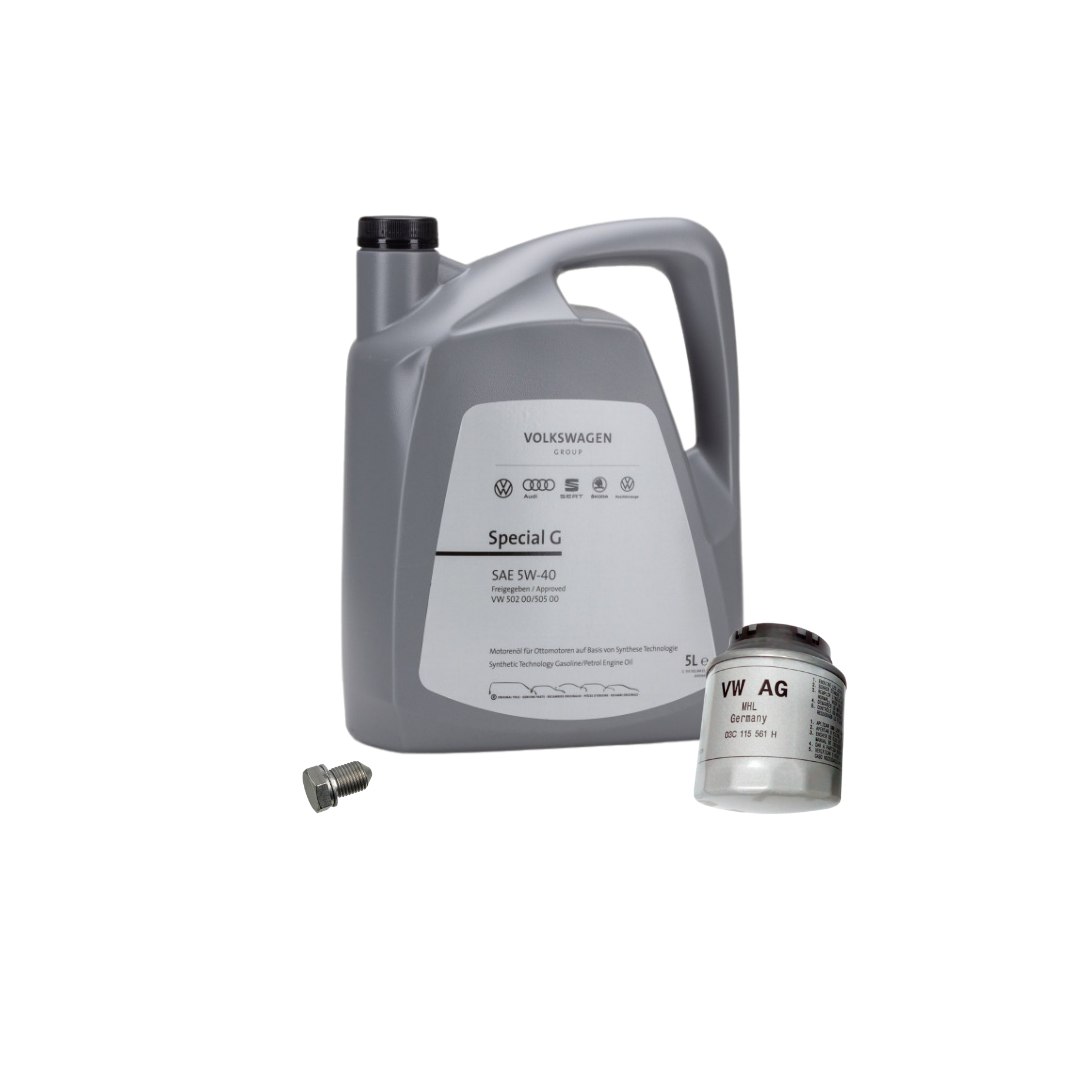Just How a Clp Engine Can Enhance Performance in Numerous Industries
The introduction of CLP engines notes a significant shift in operational efficiency across different markets, driven by their capability to maximize gas intake and lessen downtime. As organizations progressively focus on sustainability together with performance, the duty of CLP engines comes to be even a lot more important.
Summary of CLP Engines
CLP engines, or Constant Fluid Propellant engines, stand for a considerable innovation in propulsion innovation, particularly for space applications. These engines utilize a continual feed system that permits for the continual expulsion of propellant, resulting in enhanced efficiency and efficiency compared to conventional solid or hybrid propulsion systems. By keeping a continuous flow of liquid propellant, CLP engines can achieve more specific drive control, which is vital for steering spacecraft in numerous goal situations.
The layout of CLP engines incorporates sophisticated materials and innovative fuel monitoring systems. clp engine. This causes minimized weight and enhanced reliability, essential factors for long-duration area objectives. The continuous procedure lessens the danger of combustion instability, a common obstacle in traditional rocket engines.

Advantages in Production
The manufacturing of Constant Liquid Propellant (CLP) engines presents several notable benefits that boost both efficiency and cost-effectiveness. Among the primary advantages is the structured manufacturing procedure, which lowers the intricacy related to typical propulsion systems. By making use of fluid propellant, makers can accomplish greater accuracy in engine efficiency, causing maximized energy output and lowered waste.
In addition, CLP engines assist in a higher degree of modularity, permitting for much easier combination into numerous production lines. This adaptability can considerably decrease preparations and improve overall functional flexibility. The use of CLP modern technology additionally has a tendency to reduce the need for extensive upkeep because of less relocating parts, which converts into decreased downtime and operational prices.

Applications in Logistics
Leveraging Continual Fluid Propellant (CLP) engines in logistics supplies substantial benefits in functional performance and integrity. These engines provide a robust solution for various transport demands, making it possible for the smooth activity of items throughout huge ranges. The intrinsic style of CLP engines permits constant power outcome, which translates into smoother and you can find out more more foreseeable transport routines.
Among the essential applications of CLP engines in logistics is in sturdy products transportation, where they can drive both ground and aerial cars. Their ability to maintain high efficiency under differing tons conditions ensures that distribution timelines are fulfilled, consequently improving client fulfillment. Furthermore, CLP engines can be integrated right into automated logistics systems, promoting real-time monitoring and enhancing route planning.
In addition, the sturdiness of CLP engines decreases maintenance downtime, permitting logistics firms to maximize their operational capabilities. This is especially useful in warehousing procedures, where effectiveness in managing and delivering products is important. As logistics proceeds to advance, the assimilation of CLP engines stands for a forward-thinking method that not just boosts performance yet likewise supports the market's growing needs for reliability Check This Out and speed.
Impact on Energy Performance
Exactly How do Continual Fluid Propellant (CLP) engines boost power efficiency in transport? CLP engines use a regular circulation of fluid gas, optimizing burning procedures and maintaining a secure drive output. This style minimizes energy losses related to traditional combustion engines, where gas delivery can differ and bring about ineffectiveness.
The continual operation of CLP engines permits for an extra effective thermal cycle, leading to greater specific impulse compared to standard engines. clp engine. This translates to decreased gas consumption for the same quantity of job done, considerably reducing functional expenses throughout different transport sectors, including air travel and maritime industries
Additionally, the ability of CLP engines to preserve optimal efficiency under differing lots conditions reduces the need for frequent velocity and deceleration, even more boosting gas effectiveness. Improved power performance not only adds to cost financial savings but additionally brings about reduce greenhouse gas emissions, aligning with international sustainability goals.
Future Trends and Innovations
Arising developments in Continual Fluid Propellant (CLP) engine innovation guarantee to revolutionize the landscape of transportation effectiveness and sustainability. As industries pivot toward greener alternatives, CLP engines stand at the leading edge, incorporating innovative products and design methodologies that improve performance while decreasing ecological impact.
One of one of the most promising patterns is the fostering of hybrid systems that integrate CLP engines with renewable resource resources. This harmony can optimize fuel intake and lower exhausts, aligning with international sustainability objectives. Improvements in computational fluid dynamics (CFD) are assisting in the design of more aerodynamically efficient engines, leading to lowered drag and boosted gas performance.
In addition, the growth of clever tracking systems is readied to improve operational efficiencies. These systems take advantage of information analytics and IoT innovation to optimize engine efficiency in real-time, guaranteeing that the engines operate within their most reliable specifications.
As research remains to explore alternative propellant formulations-- such as biofuels and artificial gas-- the future of CLP engines looks encouraging. By taking advantage of these developments, sectors can not click over here now just improve their performance but additionally contribute dramatically to a cleaner, much more lasting future in transport.
Final Thought
To conclude, CLP engines represent a considerable advancement in effectiveness throughout multiple markets. Their capacity to enhance gas consumption and minimize functional prices, integrated with a continual feed system, boosts power output and operational dependability. The integration of innovative products and fewer relocating components minimizes upkeep requirements, while alignment with sustainability objectives positions CLP engines as a pivotal technology for the future. Continued development in this area promises more renovations in effectiveness and ecological performance.